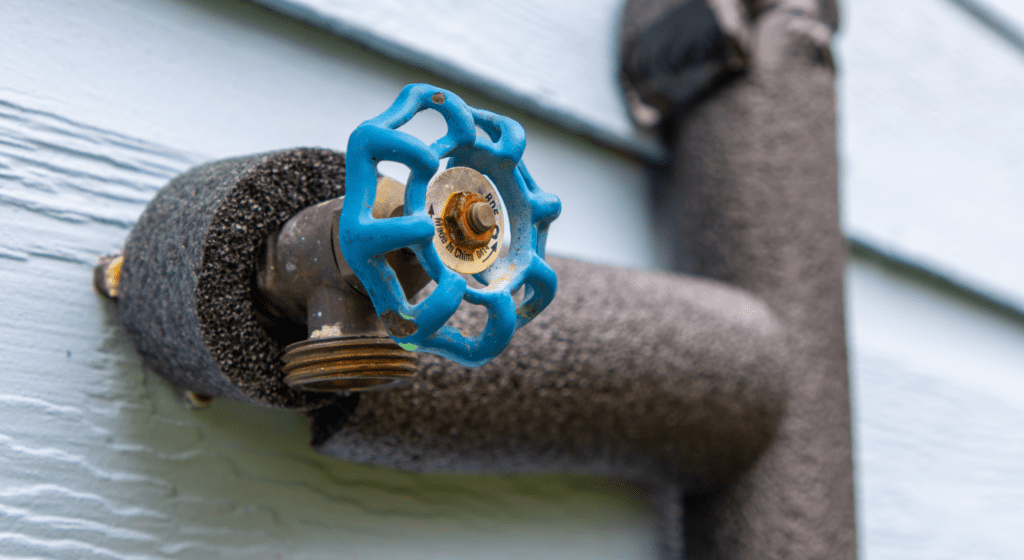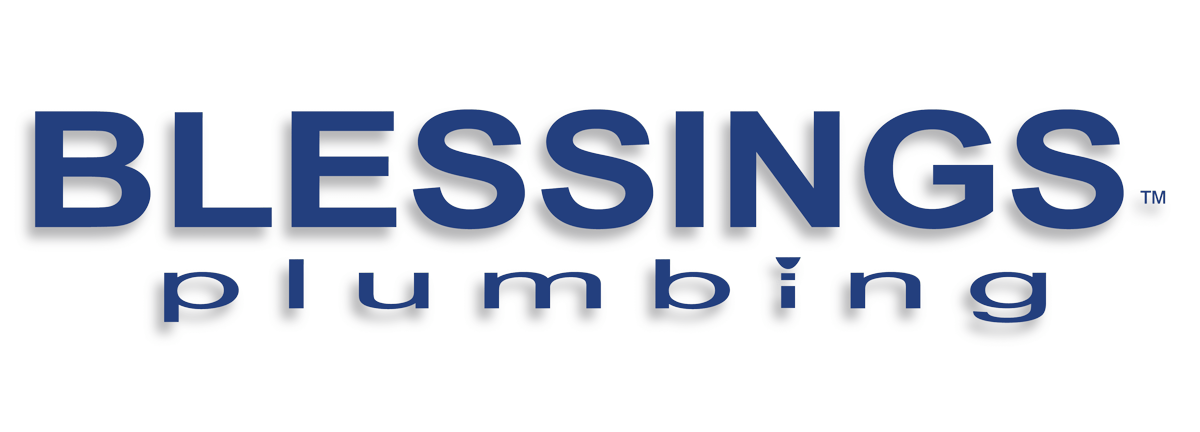Becoming a new homeowner in Virginia Beach is exciting, but it also comes with a long list of responsibilities, especially when it comes to your plumbing system. Whether you’ve settled in Shadowlawn, Great Neck, Alanton, or Bay Colony, knowing a few essential plumbing...

Other posts you might like:
Top 5 Holiday Plumbing Emergencies and How to Avoid Them
The holidays are a time for joy, family gatherings, and delicious meals, but they’re also one of the busiest seasons for plumbers. With guests using your bathrooms, kitchen, and laundry more than usual, your plumbing system works overtime. Unfortunately, that often...
The Difference Between DIY Drain Cleaning and Professional Services
Few things are more frustrating than dealing with a clogged drain. Whether it’s a slow-draining sink in the bathroom, a standing pool of water in the shower, or a kitchen sink that won’t budge no matter how much water you run, clogged drains can disrupt your entire...
When temperatures drop, the risk of frozen pipes rises. Frozen pipes are more than an inconvenience, as they can burst and cause extensive water damage to your home. Understanding why pipes freeze and taking proactive steps can protect your plumbing and avoid costly repairs. If your pipes freeze or burst, our team at Blessings Plumbing is here to help with repiping services, pipe leaking repair, and more.
Why Pipes Freeze in Winter
Water pipes are vulnerable to freezing when temperatures drop below 32°F. As water inside the pipes freezes, it expands, putting immense pressure on the pipe walls. This pressure can cause pipes to crack or burst, leading to significant water damage. Common problem areas include:
- Outdoor faucets: These are exposed to the elements and often freeze first.
- Unheated spaces: Basements, attics, and garages are prime spots for frozen pipes.
- Poorly insulated areas: Pipes near exterior walls or windows are particularly vulnerable.
Knowing where your pipes are most at risk can help you take the right preventative measures.
Proactive Prevention Tips
Preventing frozen pipes is easier and less expensive than repairing the damage caused by a burst pipe. A little preparation can go a long way in avoiding the headache of frozen pipes. Here are some practical tips to winterize your home:
- Insulate exposed pipes: Wrap pipes in foam or fiberglass insulation, especially in unheated areas. You can find affordable insulation materials at most hardware stores.
- Leave faucets dripping during extreme cold: Running water is less likely to freeze. Letting faucets drip slightly can reduce pressure in the pipes and prevent freezing.
- Open cabinet doors: Allow warm air to circulate around pipes located under sinks, especially those near exterior walls.
- Seal drafts: Use caulking or weather stripping to close gaps around windows, doors, and basements to keep cold air out and warm air in.
Common Myths About Frozen Pipes
When it comes to frozen pipes, misconceptions can lead to costly mistakes. Let’s address some common myths and provide the facts to help you stay vigilant.
- Pipes in newer homes don’t freeze: While modern homes often have better insulation and more efficient heating systems, they are not immune to freezing pipes. Poorly insulated areas, such as basements or garages, can still pose risks, even in newer constructions. Winterizing your plumbing is essential regardless of your home's age.
- Only outdoor pipes are at risk: Indoor pipes are also vulnerable, especially those located in unheated or poorly insulated spaces like attics, crawl spaces, and basements. Even pipes along exterior walls can freeze if exposed to drafts or extreme cold. Ensuring proper insulation and sealing gaps around your home can reduce this risk.
- Running water completely prevents freezing: While letting faucets drip can reduce pressure and help prevent pipes from bursting, it doesn’t guarantee they won’t freeze. This method should be used alongside other preventive measures, like insulation and maintaining consistent indoor temperatures.
- Thawing frozen pipes is always a DIY job: Attempting to thaw pipes yourself can be risky if not done correctly. Using open flames or excessive heat can damage pipes and create fire hazards. It’s safer to rely on professional plumbers for severe cases or if you suspect a pipe has burst.
What to Do If Pipes Are Already Frozen
If you suspect your pipes are frozen, acting quickly can minimize damage. Here’s what to look for and how to respond:
- Signs of frozen pipes:
- Frost on the pipe's exterior
- Reduced or no water flow from faucets
- Strange smells from drains (caused by blocked pipes)
- Safe DIY thawing techniques:
- Use a space heater or hairdryer to gently warm the frozen section of the pipe. Always start closest to the faucet and work your way toward the frozen area.
- Wrap the pipe in warm towels soaked in hot water.
- Never use open flames to thaw pipes, as this poses a fire risk and could damage your plumbing.
- When to call a plumber: If your efforts don’t restore water flow or you notice any cracks or leaks, contact a professional immediately. Blessings Plumbing provides reliable pipe leaking repair and repiping services to resolve frozen pipe issues safely and effectively.
Stay Prepared with Blessings Plumbing
Winter doesn’t have to wreak havoc on your plumbing. By preparing your pipes and knowing how to address freezing issues, you can avoid costly repairs and maintain a safe, comfortable home. For inspections, winterization, or emergency repairs, trust the experts at Blessings Plumbing. Whether you need help with repiping services or pipe leaking repair, our experienced team is just a call away.
If you’re in Hampton, VA, and need a trusted plumber, contact us today for personalized solutions and peace of mind this winter!
